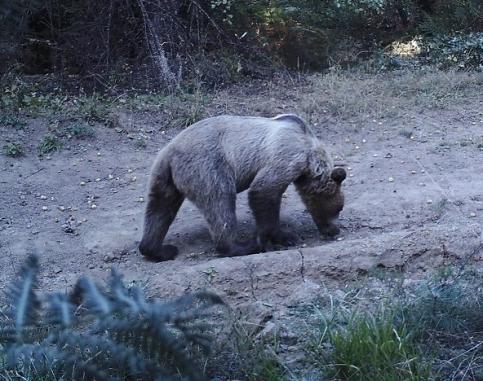Background

Several member states of the EU are required to meet carbon emission reduction targets and are therefore expanding their wind power capacity. However, despite being a clean energy source, wind farms and their infrastructures potentially have many negative impacts on wildlife and biodiversity.
Wind farms have been shown to have both direct and indirect impacts on wildlife. The most known and common impacts on wildlife are caused by the collision of birds and bats with wind turbines. Nevertheless, wind farms also have negative impacts on terrestrial wildlife , which predominantly include indirect impacts by habitat and behavioural alterations. The construction of wind farms requires heavy accompanying infrastructure, such as the construction of roads, power lines, transformers and substations, apart from the installation of wind turbines. These accompanying infrastructures may cause irreversible habitat loss and fragmentation, and in turn break off the gene flow among subpopulations.
Brown bears (Ursus arctos) are mainly affected by the increase of human activity during construction and operational phases, where they tend to avoid wind farms mostly during the construction phase. The development of new road networks also provide increased access for recreational activities, forestry, hunting and agriculture, which all are potential sources of wildlife disturbance. These negative impacts are especialy important for species sensitive to human disturbance, such as the brown bear. Brown bears tend to prefer areas with low human activity and avoid areas used by humans, especially during the breeding period. However, these remote type areas are also often chosen for wind power development.
Aims
Firstly, estimate the relative abundance and circadian activity of brown bears by using camera trapping in the 375 km2 study area and utilising detection/non-detection data of unmarked individuals. Subsequently, assess the habitat selection of bears in the area of the Northern Pindos national park (NPNP) by using telemetry data from older studies in the neighbouring areas and create a brown bear habitat suitability map for the camera trapping study area by using the same telemetry data. Lastly, establish a set of criteria with replicability potential for the identification of brown bear sensitivity areas and thus, exclusion zones for wind farm development.
Responsible for this page:
Director of undergraduate studies Biology
Last updated:
05/17/21
